Innovative Implant Treats Lumbar Spinal Stenosis
|
By HospiMedica International staff writers Posted on 18 Sep 2018 |
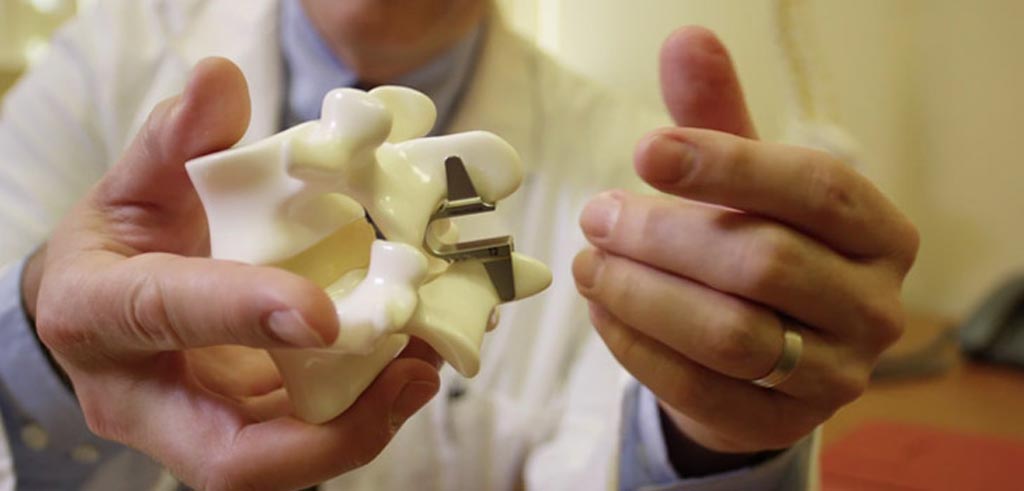
Image: An interlaminar device helps stabilize the stenotic spine (Photo courtesy of Paradigm Spine).
A non-fusion, motion-preserving implant used following decompression procedures helps stabilize the lumbar spine without resorting to fusion.
The Paradigm Spine (New York, NY, USA) coflex device is a small, U-shaped interlaminar titanium stabilization device indicated for use after a spinal decompression procedure on one or two level contiguous lumbar motion segments (L1-L5) in skeletally mature patients, with at least moderate impairment in function, who experience relief during flexion from leg, buttocks, or/and groin pain (with or without back pain), and who previously underwent at least six months of non-operative treatment. The device is implanted midline between adjacent lamina, and is available in five different anatomical sizes.
During the clinical procedure, the “U” is positioned horizontally, with the apex oriented anteriorly and the two long side arms paralleling the long axis of the spinous processes. The bone-facing surfaces are ridged to provide resistance to migration. Features include a biocompatible and x-ray visible titanium composition; crimped wings for increased primary stability; a center of rotation close to the spinal canal to provide increased rotational stability; stress reduction on facet joints; a large contact area for optimized stress distribution; protection of posterior elements; and maintenance of foraminal height.
“There is now potentially a more effective surgical option between the two typical treatments for lumbar spinal stenosis, and we are proud to lead the way in changing the standard of care for surgeons and their patients with this diagnosis,” said Marc Viscogliosi, chairman and CEO of Paradigm Spine. “Paradigm Spine has worked diligently to build the pieces of the puzzle in establishing coflex as the new standard of care for the treatment of moderate to severe lumbar spinal stenosis.”
Lumbar spinal stenosis is a debilitating and degenerative disease in older patients, often associated with significant leg and back pain, leg numbness, and weakness, which causes a significant reduction activity. Decompression alone is effective at relieving pain symptoms caused by lumbar spinal stenosis, but long term symptomatic relief is elusive, often resulting in subsequent opioid pain control, epidural injections for pain management, or additional surgeries for conversion to a fusion. Decompression with fusion has proven to provide pain relief and stabilize the diseased segment, but may lead to adjacent level disease requiring subsequent surgeries.
Related Links:
Paradigm Spine
The Paradigm Spine (New York, NY, USA) coflex device is a small, U-shaped interlaminar titanium stabilization device indicated for use after a spinal decompression procedure on one or two level contiguous lumbar motion segments (L1-L5) in skeletally mature patients, with at least moderate impairment in function, who experience relief during flexion from leg, buttocks, or/and groin pain (with or without back pain), and who previously underwent at least six months of non-operative treatment. The device is implanted midline between adjacent lamina, and is available in five different anatomical sizes.
During the clinical procedure, the “U” is positioned horizontally, with the apex oriented anteriorly and the two long side arms paralleling the long axis of the spinous processes. The bone-facing surfaces are ridged to provide resistance to migration. Features include a biocompatible and x-ray visible titanium composition; crimped wings for increased primary stability; a center of rotation close to the spinal canal to provide increased rotational stability; stress reduction on facet joints; a large contact area for optimized stress distribution; protection of posterior elements; and maintenance of foraminal height.
“There is now potentially a more effective surgical option between the two typical treatments for lumbar spinal stenosis, and we are proud to lead the way in changing the standard of care for surgeons and their patients with this diagnosis,” said Marc Viscogliosi, chairman and CEO of Paradigm Spine. “Paradigm Spine has worked diligently to build the pieces of the puzzle in establishing coflex as the new standard of care for the treatment of moderate to severe lumbar spinal stenosis.”
Lumbar spinal stenosis is a debilitating and degenerative disease in older patients, often associated with significant leg and back pain, leg numbness, and weakness, which causes a significant reduction activity. Decompression alone is effective at relieving pain symptoms caused by lumbar spinal stenosis, but long term symptomatic relief is elusive, often resulting in subsequent opioid pain control, epidural injections for pain management, or additional surgeries for conversion to a fusion. Decompression with fusion has proven to provide pain relief and stabilize the diseased segment, but may lead to adjacent level disease requiring subsequent surgeries.
Related Links:
Paradigm Spine
Latest Surgical Techniques News
- Novel Endoscopy Technique Provides Access to Deep Lung Tumors
- New Study Findings Could Halve Number of Stent Procedures
- Breakthrough Surgical Device Redefines Hip Arthroscopy
- Automated System Enables Real-Time "Molecular Pathology" During Cancer Surgery
- Groundbreaking Procedure Combines New Treatments for Liver Tumors
- Ablation Reduces Stroke Risk Associated with Atrial Fibrillation
- Optical Tracking Method Identifies Target Areas in Robot-Assisted Neurosurgery
- General Anesthesia Improves Post-Surgery Outcomes for Acute Stroke Patients
- Drug-Coated Balloons Can Replace Stents Even in Larger Coronary Arteries
- Magnetic Kidney Stone Retrieval Device Outperforms Ureteroscopic Laser Lithotripsy
- Absorbable Skull Device Could Replace Traditional Metal Implants Used After Brain Surgery
- Magic Silicone Liquid Powered Robots Perform MIS in Narrow Cavities
- 'Lab-on-a-Scalpel' Provides Real-Time Surgical Insights for POC Diagnostics in OR
- Biodegradable Brain Implant Prevents Glioblastoma Recurrence
- Tiny 3D Printer Reconstructs Tissues During Vocal Cord Surgery
- Minimally Invasive Procedure for Aortic Valve Disease Has Similar Outcomes as Surgery
Channels
Critical Care
view channel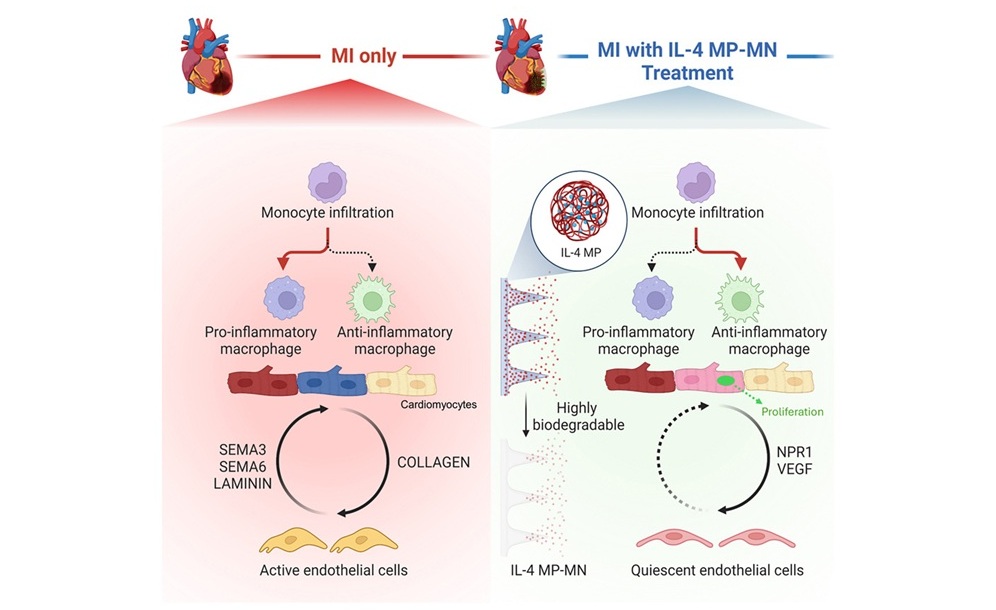
Biodegradable Patch Repairs Damaged Tissue After Heart Attack
A heart attack causes sudden loss of oxygen to the heart muscle, triggering cell death and a strong inflammatory response that often leads to scar formation. While scarring helps stabilize the heart, it... Read more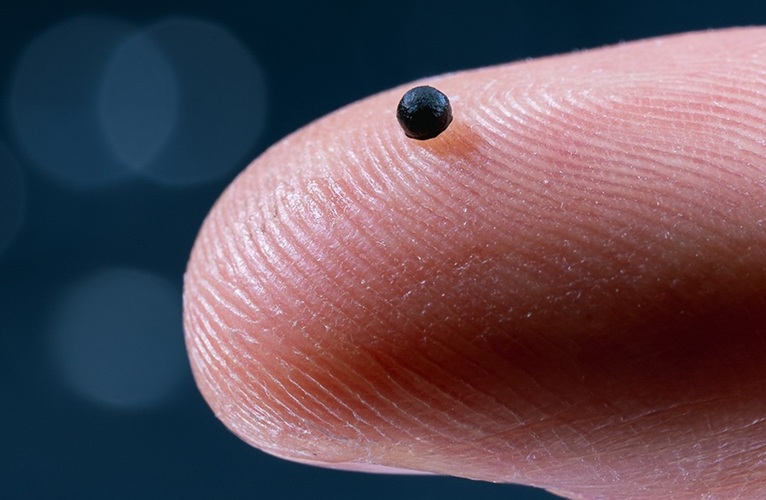
Magnetically Guided Microrobots to Enable Targeted Drug Delivery
Stroke affects 12 million people globally each year, often causing death or lasting disability. Current treatment relies on systemic administration of clot-dissolving drugs, which circulate throughout... Read more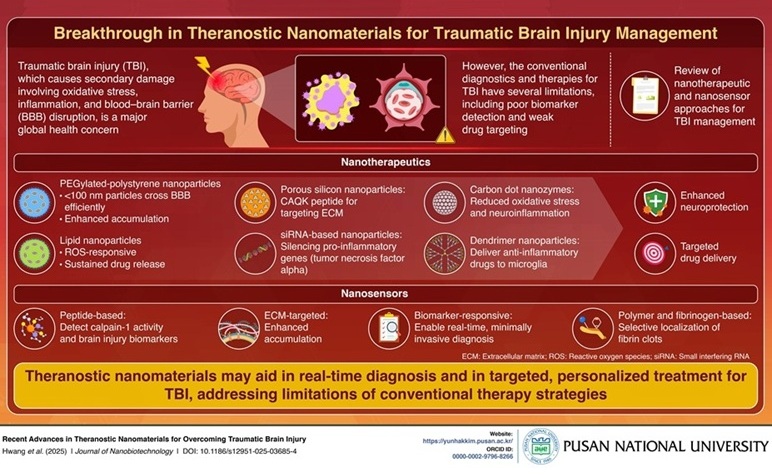
Smart Nanomaterials Detect and Treat Traumatic Brain Injuries Simultaneously
Traumatic brain injury (TBI) continues to leave millions with long-term disabilities every year. After a sudden impact from a fall, collision, or accident, the brain undergoes inflammation, oxidative stress,... Read more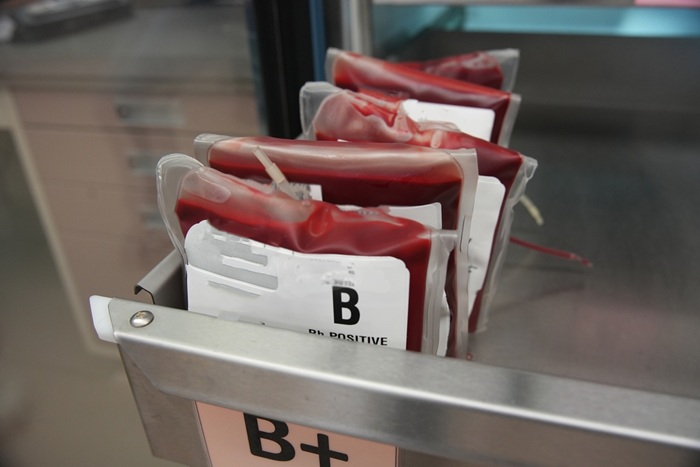
Earlier Blood Transfusion Could Reduce Heart Failure and Arrhythmia in Heart Disease Patients
Blood loss during or after surgery can place significant stress on people with heart disease, increasing the risk of dangerous complications. Transfusions are often delayed until hemoglobin levels fall... Read morePatient Care
view channel
Revolutionary Automatic IV-Line Flushing Device to Enhance Infusion Care
More than 80% of in-hospital patients receive intravenous (IV) therapy. Every dose of IV medicine delivered in a small volume (<250 mL) infusion bag should be followed by subsequent flushing to ensure... Read more
VR Training Tool Combats Contamination of Portable Medical Equipment
Healthcare-associated infections (HAIs) impact one in every 31 patients, cause nearly 100,000 deaths each year, and cost USD 28.4 billion in direct medical expenses. Notably, up to 75% of these infections... Read more
Portable Biosensor Platform to Reduce Hospital-Acquired Infections
Approximately 4 million patients in the European Union acquire healthcare-associated infections (HAIs) or nosocomial infections each year, with around 37,000 deaths directly resulting from these infections,... Read moreFirst-Of-Its-Kind Portable Germicidal Light Technology Disinfects High-Touch Clinical Surfaces in Seconds
Reducing healthcare-acquired infections (HAIs) remains a pressing issue within global healthcare systems. In the United States alone, 1.7 million patients contract HAIs annually, leading to approximately... Read moreHealth IT
view channel
EMR-Based Tool Predicts Graft Failure After Kidney Transplant
Kidney transplantation offers patients with end-stage kidney disease longer survival and better quality of life than dialysis, yet graft failure remains a major challenge. Although a successful transplant... Read more
Printable Molecule-Selective Nanoparticles Enable Mass Production of Wearable Biosensors
The future of medicine is likely to focus on the personalization of healthcare—understanding exactly what an individual requires and delivering the appropriate combination of nutrients, metabolites, and... Read moreBusiness
view channel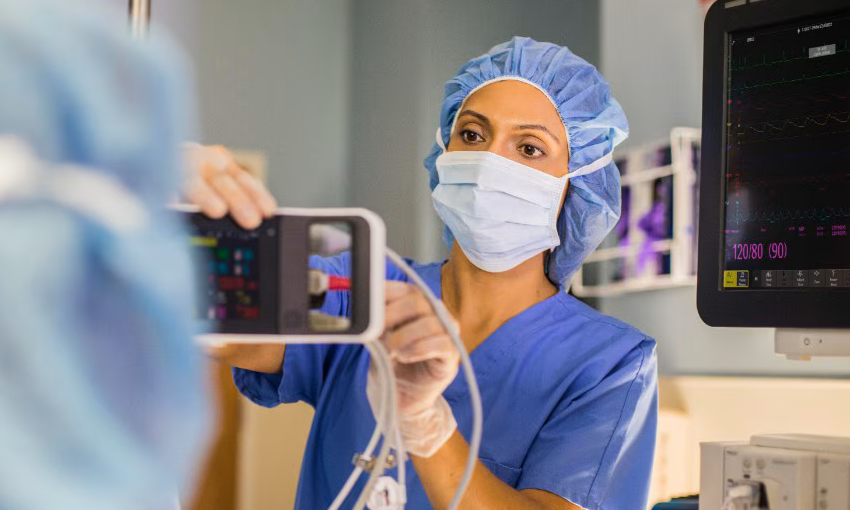
Philips and Masimo Partner to Advance Patient Monitoring Measurement Technologies
Royal Philips (Amsterdam, Netherlands) and Masimo (Irvine, California, USA) have renewed their multi-year strategic collaboration, combining Philips’ expertise in patient monitoring with Masimo’s noninvasive... Read more
B. Braun Acquires Digital Microsurgery Company True Digital Surgery
The high-end microsurgery market in neurosurgery, spine, and ENT is undergoing a significant transformation. Traditional analog microscopes are giving way to digital exoscopes, which provide improved visualization,... Read more
CMEF 2025 to Promote Holistic and High-Quality Development of Medical and Health Industry
The 92nd China International Medical Equipment Fair (CMEF 2025) Autumn Exhibition is scheduled to be held from September 26 to 29 at the China Import and Export Fair Complex (Canton Fair Complex) in Guangzhou.... Read more












